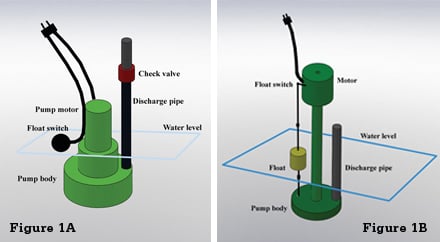 Sump pump failures lead to substantial water losses and insurance claims that require the attention of claims representatives.
Sump pump failures lead to substantial water losses and insurance claims that require the attention of claims representatives.
There are a variety of failure modes associated with sump pumps, some covered by insurance, others not.
Before proceeding to a discussion of typical failure modes, a brief review of sump pump system technology may be helpful.
Recommended For You
Want to continue reading?
Become a Free PropertyCasualty360 Digital Reader
Your access to unlimited PropertyCasualty360 content isn’t changing.
Once you are an ALM digital member, you’ll receive:
- Breaking insurance news and analysis, on-site and via our newsletters and custom alerts
- Weekly Insurance Speak podcast featuring exclusive interviews with industry leaders
- Educational webcasts, white papers, and ebooks from industry thought leaders
- Critical converage of the employee benefits and financial advisory markets on our other ALM sites, BenefitsPRO and ThinkAdvisor
Already have an account? Sign In Now
© 2025 ALM Global, LLC, All Rights Reserved. Request academic re-use from www.copyright.com. All other uses, submit a request to [email protected]. For more information visit Asset & Logo Licensing.








